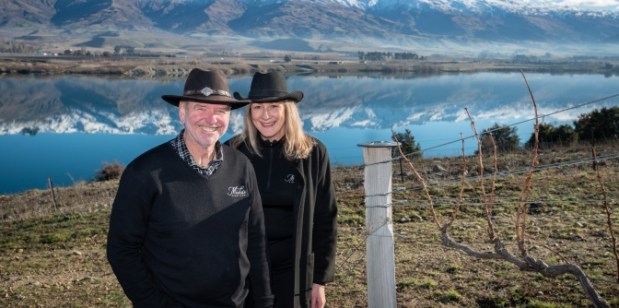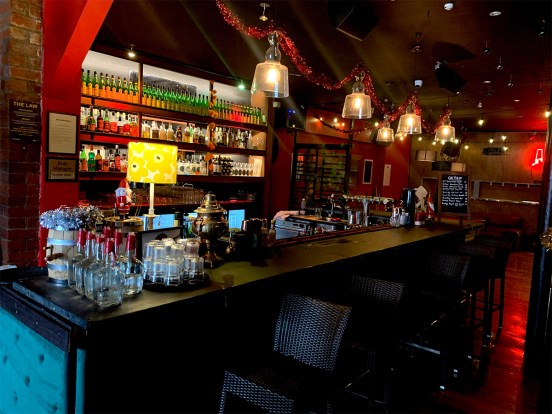The RTD category has seen impressive growth recently, and increasingly taking share from beer and wine, but as the category changes, the IWSR suggests that the industry may need to adjust its strategy.
The category is being affected by reduced consumer spending across beverage alcohol due to the economic climate, RTD product fatigue in some key markets, and slowing innovation rates requiring an adjustment to NPD strategies.
With these factors in mind, the IWSR has suggested five questions that the industry should ask when devising RTD strategies.
Economic effects
With the current cost-of-living crisis affecting consumer spending habits across the beverage alcohol market, the IWSR encourages stakeholders to think about how this is affecting the RTD market.
Across 10 key RTD markets last year, the IWSR reported that 45 per cent of alcohol buyers purchased RTDs. In addition, spirits were most often consumed in the same occasion as RTDs, and beer was the drink most often replaced by RTDs. However, women frequently substituted wine for RTDs, and Gen Z substituted non-alcoholic products with RTDs.
As RTDs are a crucial entry point to the liquor market, industry professionals should look at sectors losing share to RTDs and examine if this can be leveraged for greater category recruitment.
Relevance
The recent growth in RTDs can be attributed in part to the rise of the at-home cocktail occasion, but after a post-pandemic peak, NPD in the category has tapered off. In light of this, the IWSR asks industry to consider if RTDs still maintain their relevance of previous years.
Base alcohol
Last year, alcohol base was the joint second most important selection factor for RTD consumers, level with cocktail type and behind flavour. This is a significant decrease from previous years. In addition, malt- and wine-based RTDs were in decline, but spirit-based RTD products outperformed the broader spirits category.
Additionally, consumers were willing to pay more for a spirits-based RTD than its malt- or wine-based counterparts. Vodka is the most popular alcohol base, and the Australian market is seeing a decline in the popularity of gin-based RTDs. It is important to consider the impact that base alcohol has on consumer purchase journey.
Maturity
While there is some promise in tequila-based RTDs, overall category innovation is slowing after a 2021 peak. As the market matures, IWSR expects some product rationalisation to combat consumer fatigue and oversaturation. This will require producers to be more strategic in their product launches, targeting specific trends or consumer demographics.
On-premise strategy
Home remains the most popular location for consuming RTDs, with the IWSR reporting that 52 per cent of consumers try new RTDs at home. These products are usually consumed in social gatherings or small groups with one or two other people.
However, 40 per cent of consumers are reporting that they drink RTDs more in pubs than they did last year, and on-premise consumption of RTDs in 2023 met or exceeded the levels of the previous year in Australia, Canada, and the US.
As such, the IWSR encourages stakeholders to consider the growing role of the on-premise in RTD strategies. The IWSR will examine the RTD segment in more detail in the upcoming RTD Strategic Study.
How to catch up with The Shout NZ…
Online, updated daily with its own unique content and breaking news.
Our weekly newsletter – free to your inbox! Subscribe here.
We are also on Facebook and Instagram!





